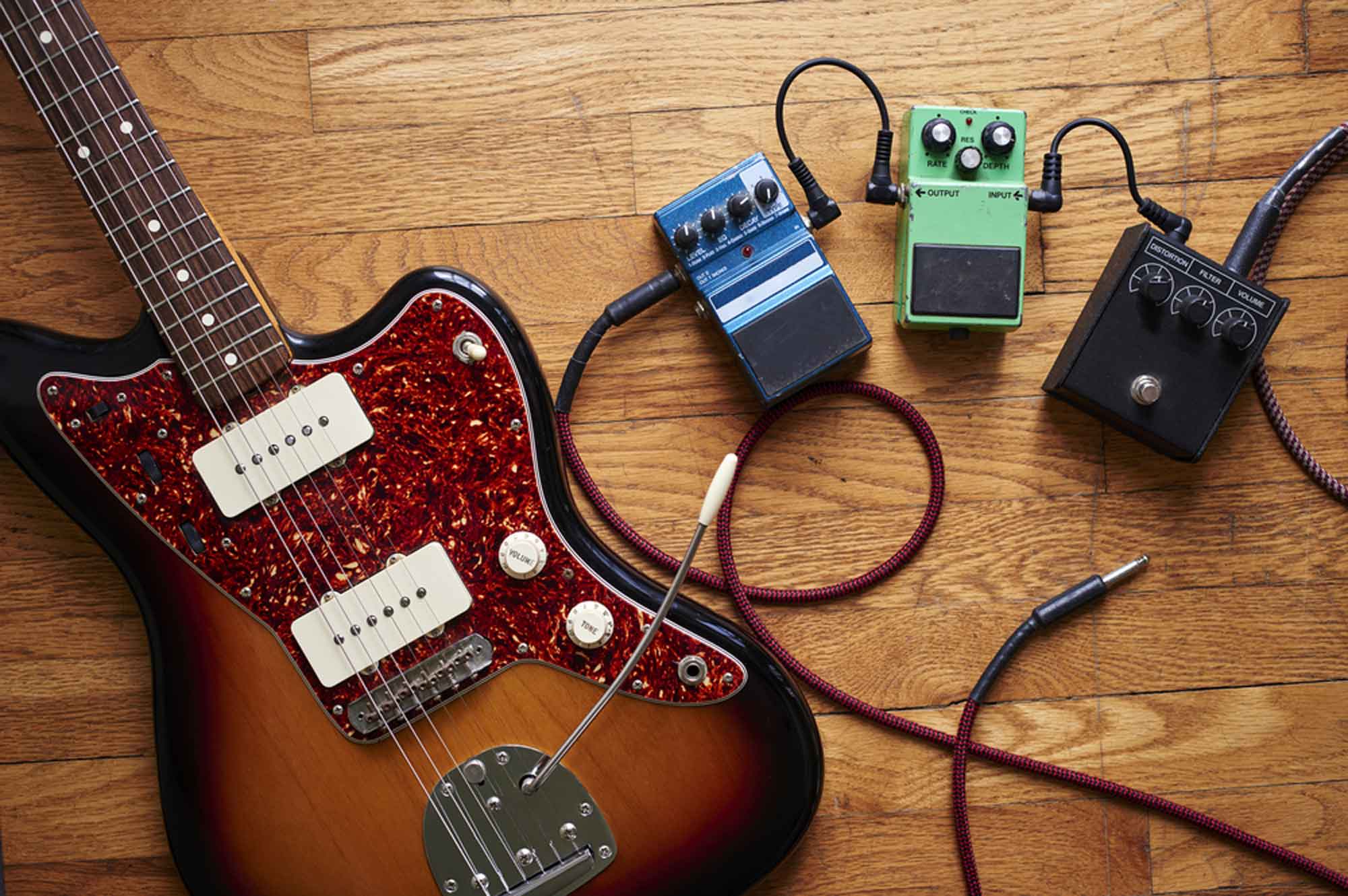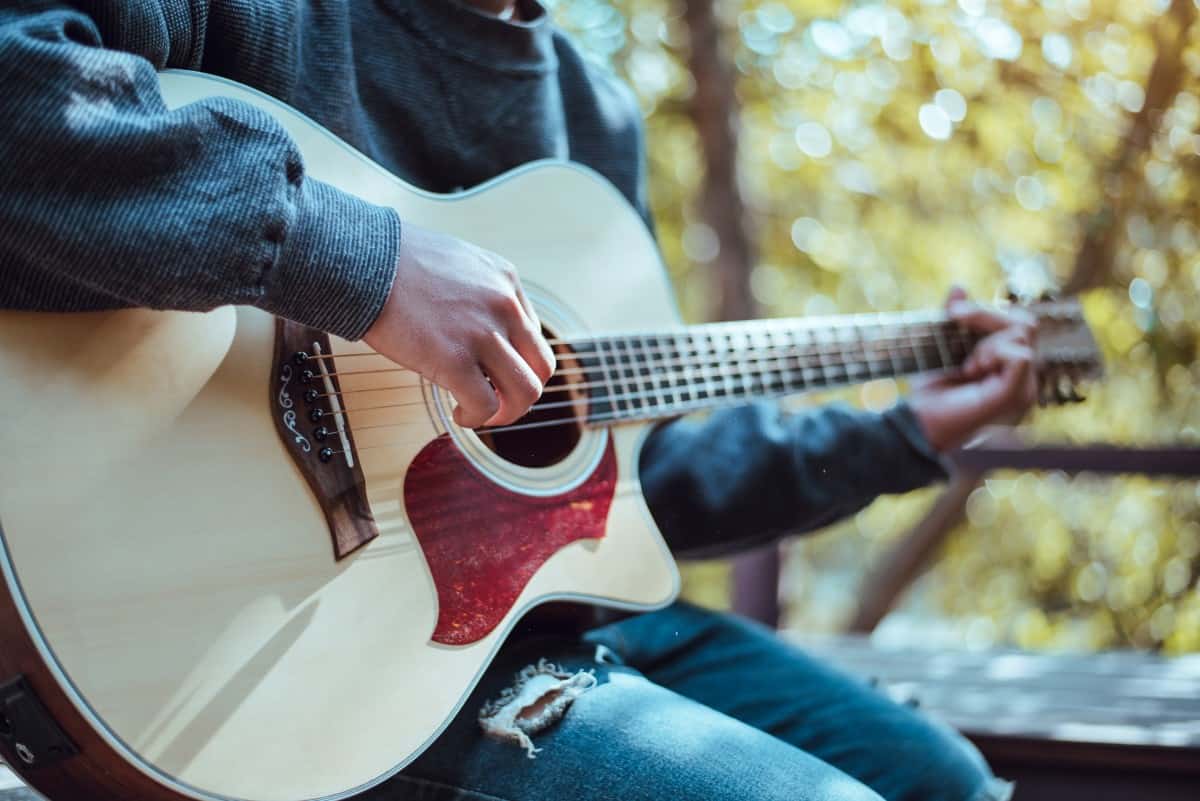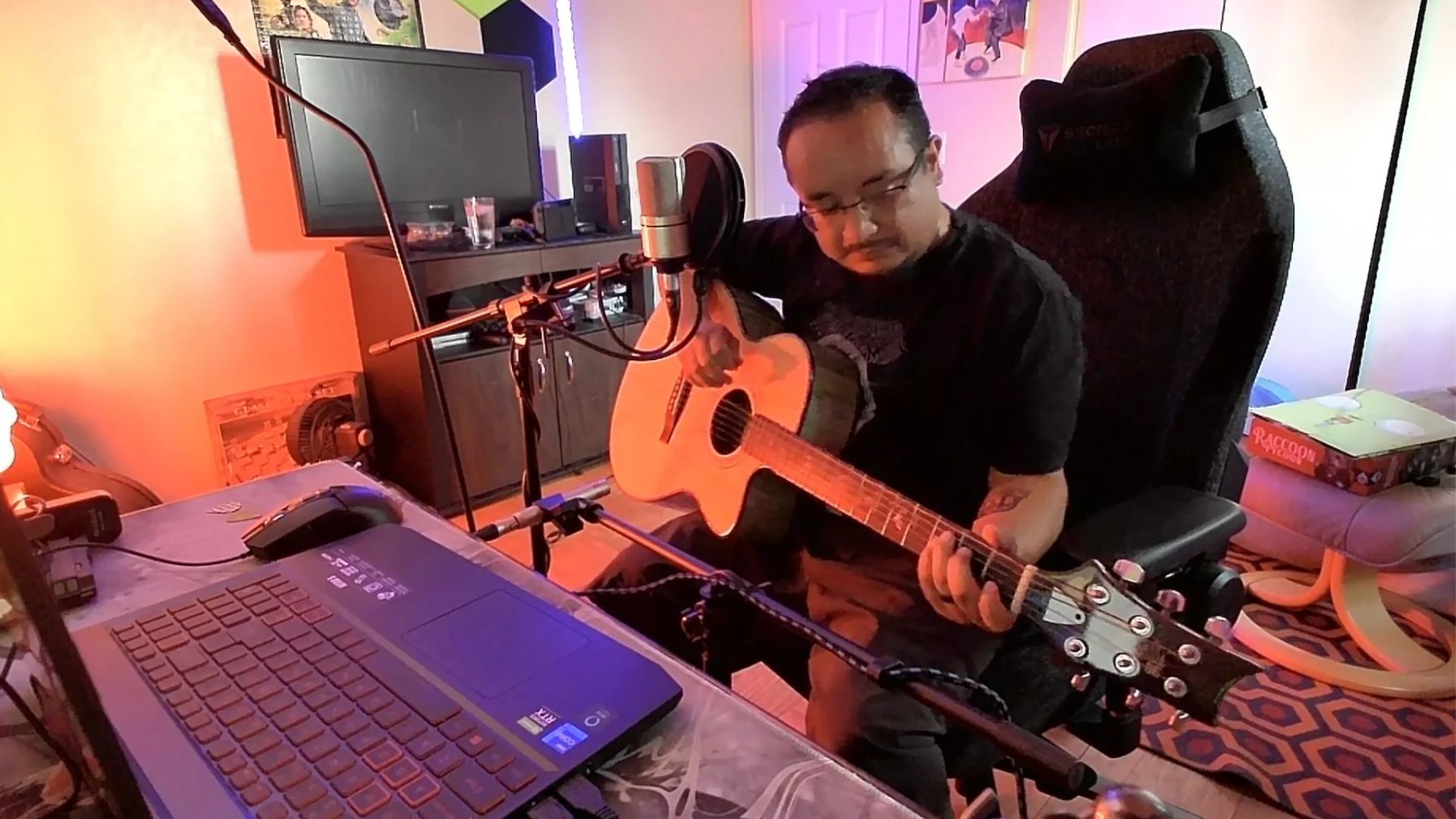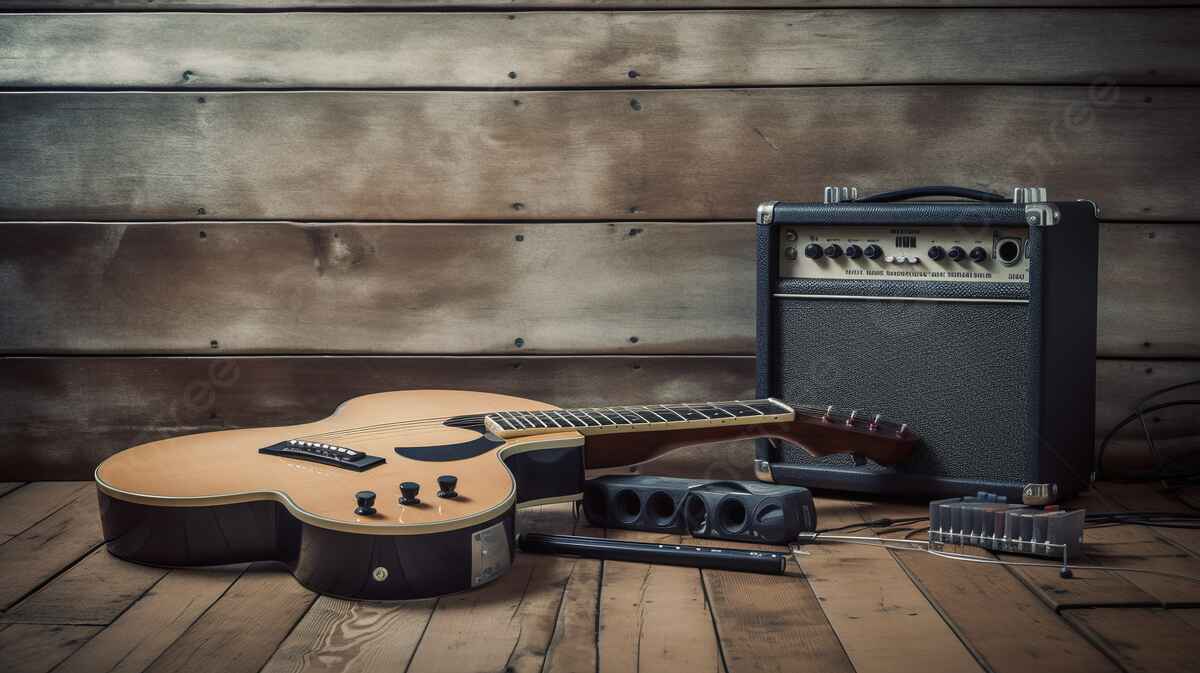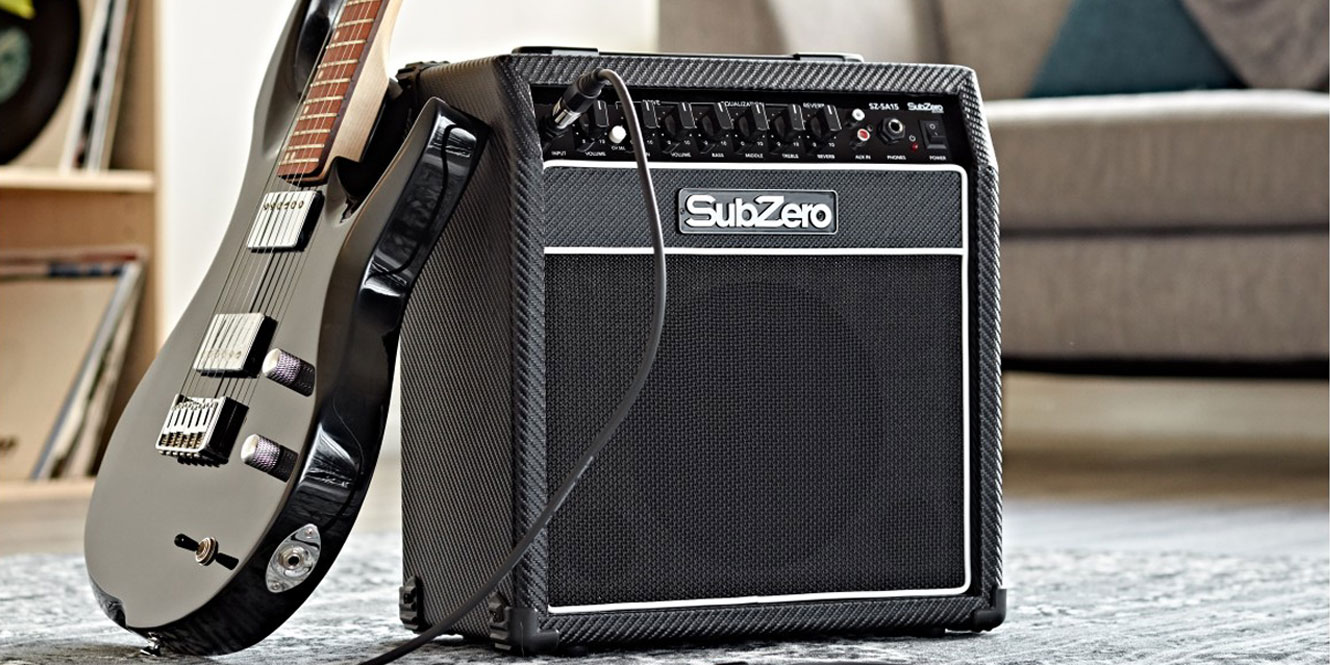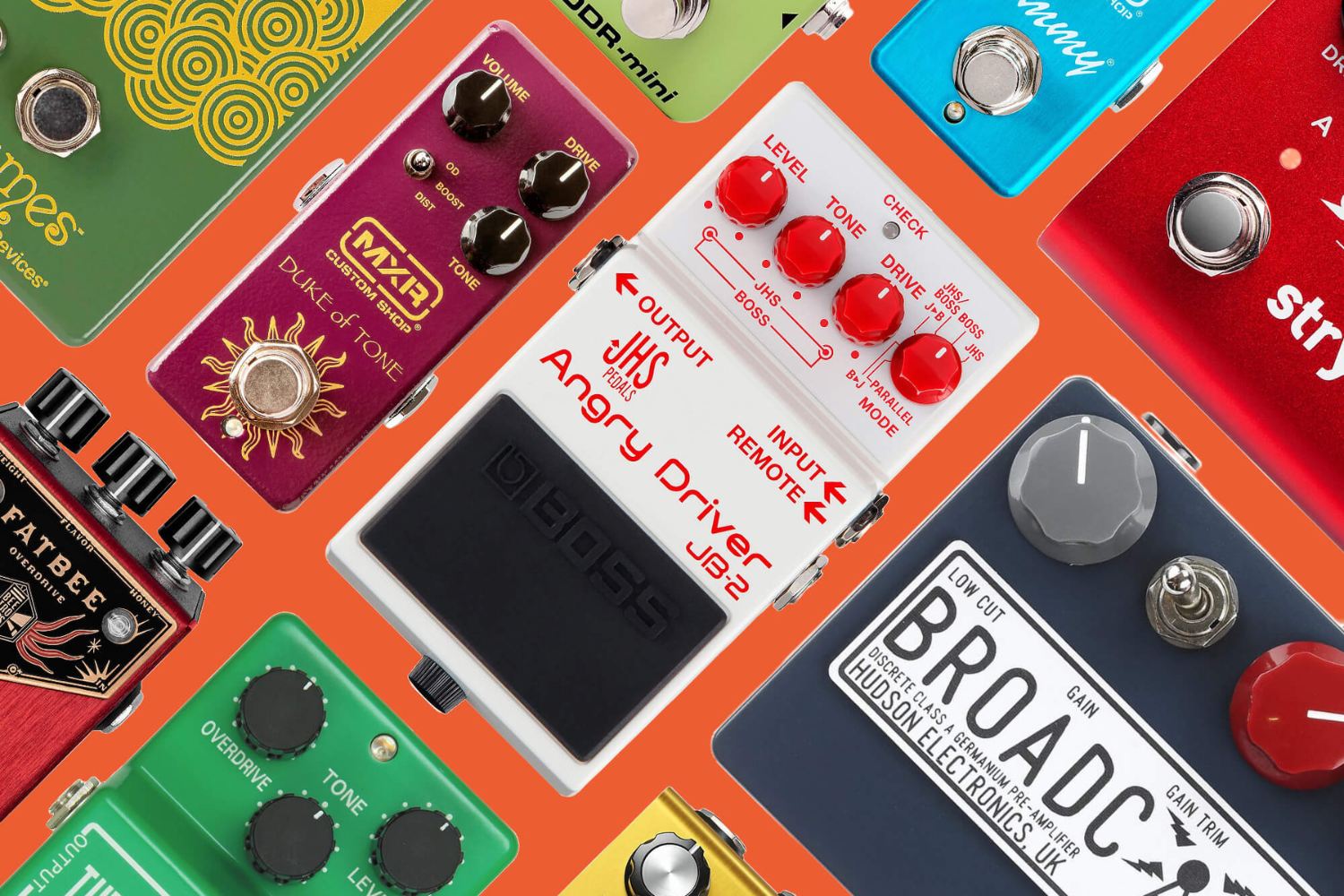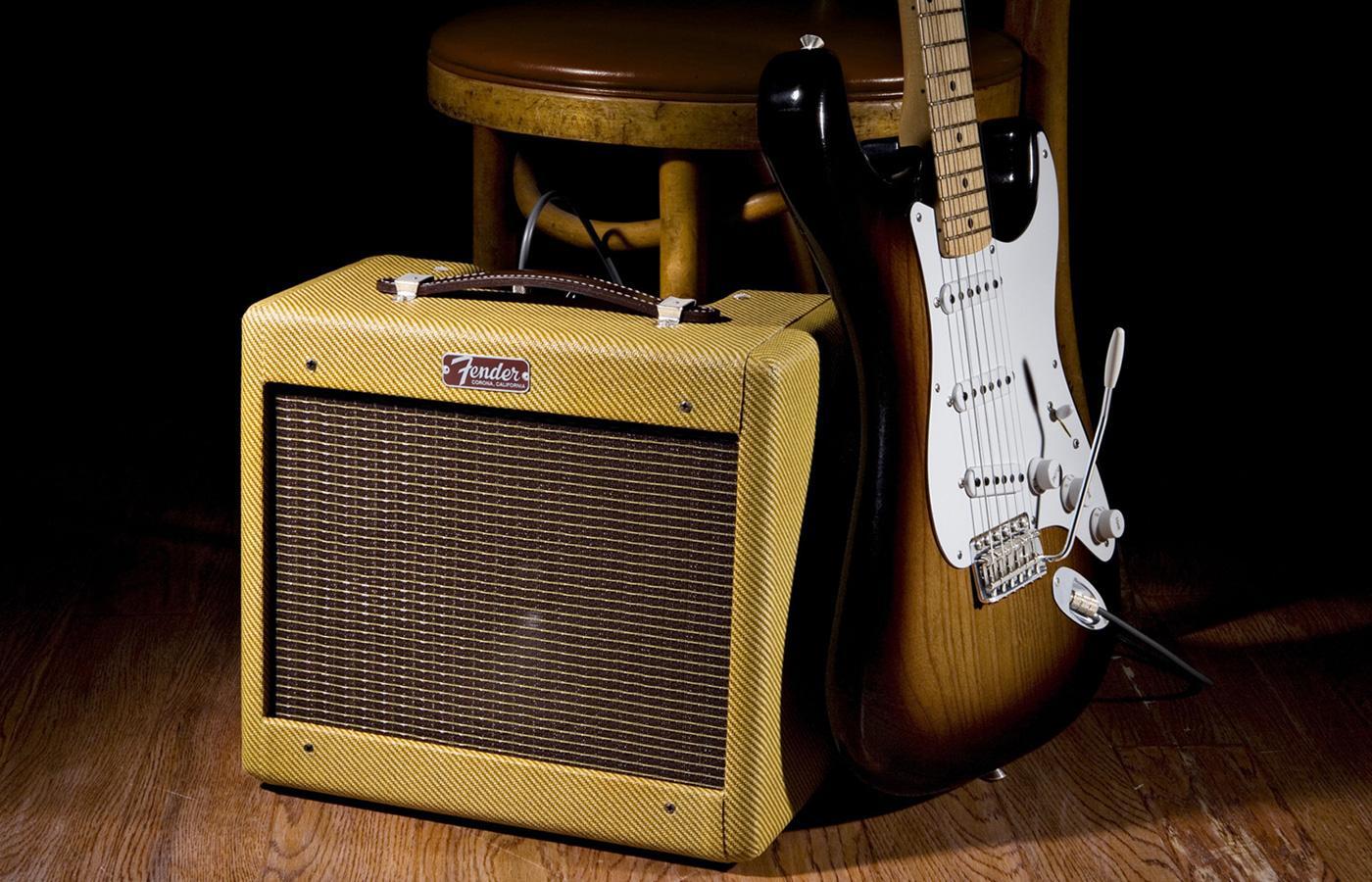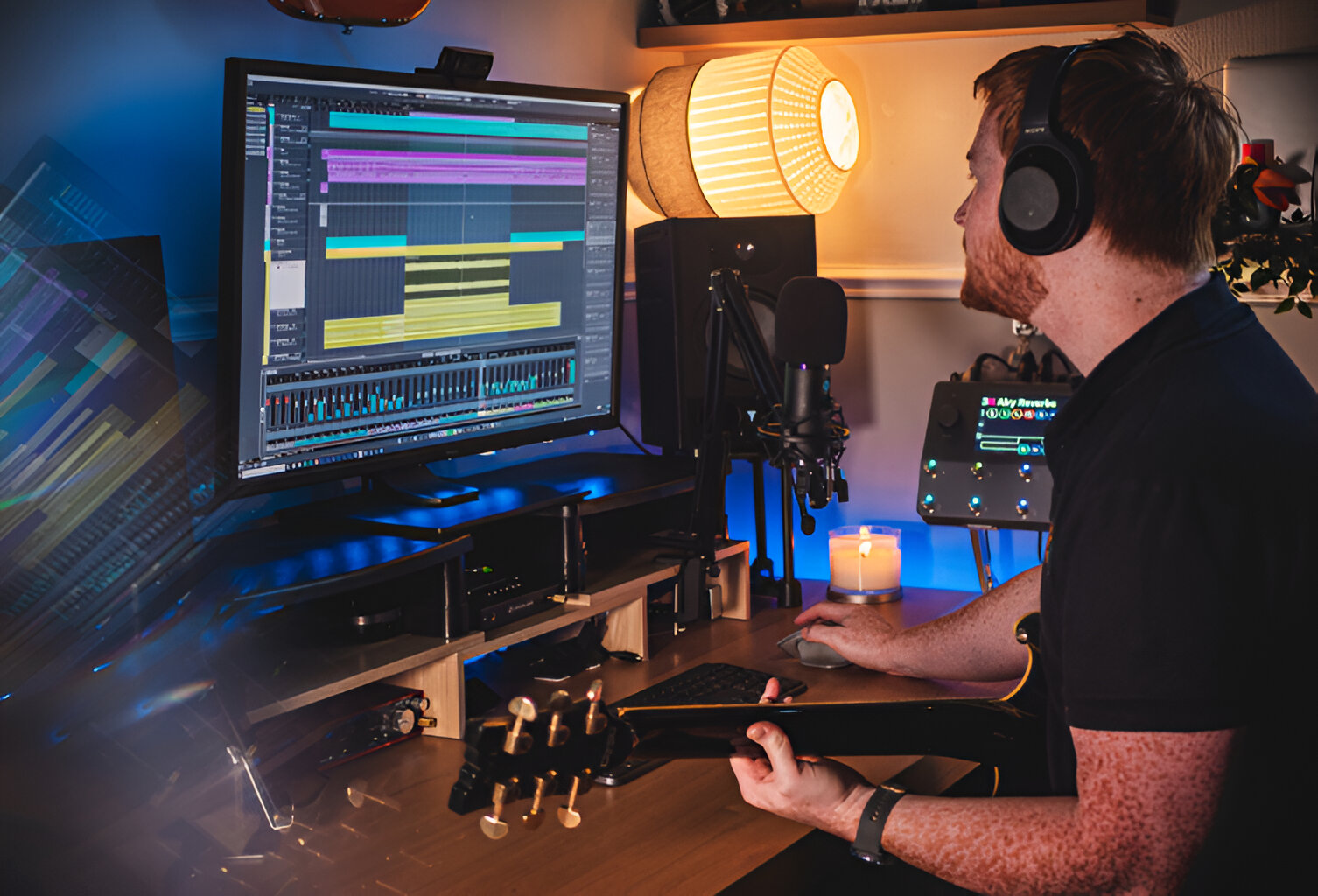Choosing the Right Distortion Pedal
When it comes to achieving the best distortion on an electric guitar, selecting the right distortion pedal is crucial. With a myriad of options available in the market, it can be overwhelming to make the perfect choice. However, understanding the key factors to consider can streamline the selection process and lead to the optimal distortion for your playing style.
First and foremost, it’s essential to determine the type of sound you want to achieve. Are you aiming for a classic rock crunch, a heavy metal roar, or a bluesy overdrive? Each distortion pedal offers a unique tonal character, so identifying your preferred sonic profile will narrow down the options.
Consider the versatility of the pedal as well. Some distortion pedals provide a wide range of tones, from subtle grit to full-throttle distortion, while others specialize in a specific sound. Assessing your musical needs and the genres you predominantly play can guide you in selecting a pedal that complements your musical versatility.
Additionally, take into account the build quality and reliability of the distortion pedal. A sturdy and dependable pedal is essential for withstanding the rigors of live performances and extensive studio use. Reading reviews and seeking recommendations from fellow guitarists can offer valuable insights into the durability and performance of different distortion pedals.
Furthermore, budget plays a significant role in the decision-making process. Distortion pedals come in a wide price range, and while it’s tempting to opt for the most expensive model, many affordable options deliver exceptional distortion capabilities. Assess your budget and explore the options within your price range, ensuring that the chosen pedal aligns with your sonic preferences and performance requirements.
Key Considerations for Choosing a Distortion Pedal
- Determine the desired sound type, such as classic rock, heavy metal, or bluesy overdrive.
- Evaluate the pedal's versatility and its compatibility with your musical genres.
- Assess the build quality and reliability for longevity and consistent performance.
- Consider your budget and explore options that offer the best value within your price range.
By carefully evaluating these factors, you can make an informed decision and choose a distortion pedal that not only meets your current sonic aspirations but also inspires your musical journey with its rich and dynamic tones.
Adjusting the Gain and Volume
Once you’ve selected the right distortion pedal for your electric guitar, the next step in achieving the best distortion involves fine-tuning the gain and volume settings. These two parameters play a pivotal role in shaping the character and intensity of the distortion, allowing you to tailor the sound to your preferences and musical context.
Begin by adjusting the gain control, which determines the amount of overdrive or distortion in your signal. Lower gain settings produce a milder, more transparent overdrive, ideal for blues and classic rock tones. As you increase the gain, the distortion becomes more pronounced, delivering a heavier, more aggressive sound suitable for hard rock and metal genres. Experiment with different gain levels to find the sweet spot that complements your playing style and the musical expression you aim to convey.
Simultaneously, the volume control influences the overall output level of the distortion. While it may seem intuitive to crank up the volume for a more powerful sound, it’s crucial to strike a balance to avoid overwhelming your amplifier or the sound system. Adjust the volume to achieve an optimal balance between the distorted and clean tones, ensuring that the overall sound remains articulate and well-defined.
It’s important to note that the interaction between gain and volume is not solely about achieving maximum distortion. Manipulating these controls can also impact the dynamics and responsiveness of your guitar’s output. Higher gain settings can enhance sustain and compression, while adjusting the volume can affect the touch sensitivity and articulation of your playing.
Optimizing Gain and Volume Settings
- Experiment with gain levels to achieve the desired overdrive or distortion intensity.
- Adjust the volume to maintain a balanced output without overpowering the overall sound.
- Explore the impact of gain and volume on dynamics, sustain, and touch sensitivity.
By meticulously refining the gain and volume settings, you can unlock a diverse range of tonal possibilities and ensure that your distortion complements the nuances of your playing, ultimately enhancing your musical expression and performance.
Experimenting with Tone and EQ Settings
After fine-tuning the gain and volume controls, delving into the tone and EQ settings of your amplifier or distortion pedal is the next step in sculpting the perfect distortion for your electric guitar. These parameters offer a wealth of sonic possibilities, allowing you to shape the tonal characteristics, frequency response, and overall texture of the distortion to align with your musical vision.
Start by exploring the tone control, which influences the timbre and presence of the distorted sound. Turning the tone knob clockwise can emphasize the treble frequencies, lending a brighter and more cutting edge to the distortion, ideal for lead guitar passages and soaring solos. Conversely, dialing it counterclockwise can accentuate the bass and lower midrange, imparting a warmer and fuller tonal profile, well-suited for rhythm guitar parts and chord progressions.
Equally significant is the EQ (equalization) section, if available on your pedal or amplifier. This feature allows you to adjust specific frequency bands, such as bass, midrange, and treble, providing precise control over the tonal balance and shaping the overall character of the distortion. Experimenting with different EQ settings enables you to tailor the distortion to suit various playing environments, from intimate club gigs to expansive arena performances.
Moreover, consider the interaction between the tone and EQ settings and how they complement your guitar’s pickups. Single-coil pickups may benefit from a slightly brighter tone and nuanced EQ adjustments to enhance clarity and articulation, while humbuckers might thrive with a warmer tone and more pronounced low-end response to attain a thicker and more substantial distortion.
Exploring Tone and EQ Adjustments
- Utilize the tone control to shape the timbre and presence of the distortion.
- Experiment with EQ settings to fine-tune specific frequency bands and overall tonal balance.
- Consider the interaction between tone and EQ adjustments and your guitar’s pickups.
By delving into the intricacies of tone and EQ settings, you can unleash a kaleidoscope of tonal variations, ensuring that your distortion resonates with clarity, depth, and expressiveness, ultimately enriching your musical performances and sonic explorations.
Using Different Pickup Combinations
Exploring the diverse tonal palette of your electric guitar’s pickups is a powerful technique for refining the distortion and infusing your playing with an array of captivating sounds. The distinct characteristics of each pickup position, whether it’s the bridge, neck, or a combination of both, offer unique tonal profiles that can significantly influence the nature of the distortion, providing versatility and sonic richness to your musical expression.
When utilizing the bridge pickup, you can expect a brighter and more aggressive tone, well-suited for searing lead lines and energetic riffing. The enhanced treble response and pronounced attack of the bridge pickup can accentuate the articulation and definition of the distortion, making it an ideal choice for genres that demand clarity and precision, such as rock and metal.
Conversely, engaging the neck pickup introduces a warmer and rounder tonal character to the distortion. The emphasis on the lower midrange and bass frequencies imbues the sound with a smooth and velvety quality, enhancing the expressiveness and depth of the distortion, particularly conducive to soulful solos and emotive chord progressions.
Experimenting with different pickup combinations, such as using both the bridge and neck pickups simultaneously or engaging the middle position on guitars equipped with three pickups, can yield a diverse range of tonal textures. This exploration allows you to harness the unique sonic interactions between the pickups, unlocking a wealth of tonal nuances and sonic possibilities that can elevate your playing to new heights.
Moreover, consider the impact of the pickup selector switch on your guitar. Transitioning between pickup positions during a performance or recording session can dynamically alter the tonal landscape, offering seamless shifts between crystalline clarity and warm resonance, enriching your sonic palette and imbuing your music with captivating sonic diversity.
Harnessing the Tonal Diversity of Pickups
- Utilize the bridge pickup for bright, aggressive tones suited for lead playing.
- Engage the neck pickup for warm, round tones ideal for expressive solos and chord work.
- Experiment with various pickup combinations to explore a diverse range of tonal textures.
- Utilize the pickup selector switch to dynamically alter the tonal landscape during performances or recordings.
By harnessing the tonal diversity of different pickup combinations, you can imbue your distortion with a captivating array of sounds, enriching your musical expression and imbuing your performances with dynamic tonal depth and versatility.
Finding the Sweet Spot for Your Playing Style
Amidst the pursuit of the best distortion for your electric guitar, discovering the “sweet spot” that harmonizes with your unique playing style is a pivotal endeavor. This entails honing in on the optimal combination of settings, techniques, and sonic elements that not only complement your musical expression but also inspire creativity and confidence in your performance.
One crucial aspect of finding this sweet spot is understanding the intricacies of touch sensitivity and dynamics. Experiment with varying degrees of pick attack, fingerstyle techniques, and guitar articulation to gauge how the distortion responds to your playing nuances. This exploration can unveil the threshold at which the distortion accentuates your expressiveness, allowing for seamless transitions between delicate passages and intense, driven performances.
Furthermore, consider the impact of your playing dynamics on the distortion’s responsiveness. Delve into the interplay between your guitar’s volume control and the distortion pedal or amplifier, discerning how subtle adjustments in volume influence the character and intensity of the distortion. This dynamic control over the distortion empowers you to evoke a spectrum of emotions and tonal textures, from gentle, ethereal swells to blistering, sustained leads.
Another crucial element in uncovering your sweet spot is to embrace experimentation and open-mindedness. Allow yourself the freedom to venture beyond conventional tonal expectations, exploring uncharted sonic territories, and pushing the boundaries of traditional distortion applications. This fearless exploration can lead to serendipitous discoveries and innovative sonic expressions that resonate with your musical identity.
Moreover, consider the role of spatial and environmental factors in shaping your ideal distortion. The acoustics of different performance spaces, the sonic interplay with fellow musicians, and the nuances of studio recording environments can influence the perception and delivery of your distorted tones. Adapting your distortion settings and techniques to harmonize with these contextual elements can elevate your playing style and enhance the sonic impact of your performances.
Refining Your Distortion for Personal Expression
- Explore touch sensitivity and dynamics to uncover the distortion’s responsiveness to your playing nuances.
- Experiment with the interplay between your guitar’s volume control and the distortion for dynamic tonal expression.
- Embrace open-minded experimentation to discover unconventional tonal textures and innovative expressions.
- Adapt distortion settings and techniques to harmonize with different performance spaces and recording environments.
By refining your distortion to align with your unique playing style, you can unearth a sonic realm that resonates with your musical identity, fostering a profound connection between your expressive capabilities and the captivating, evocative tones that emanate from your electric guitar.







